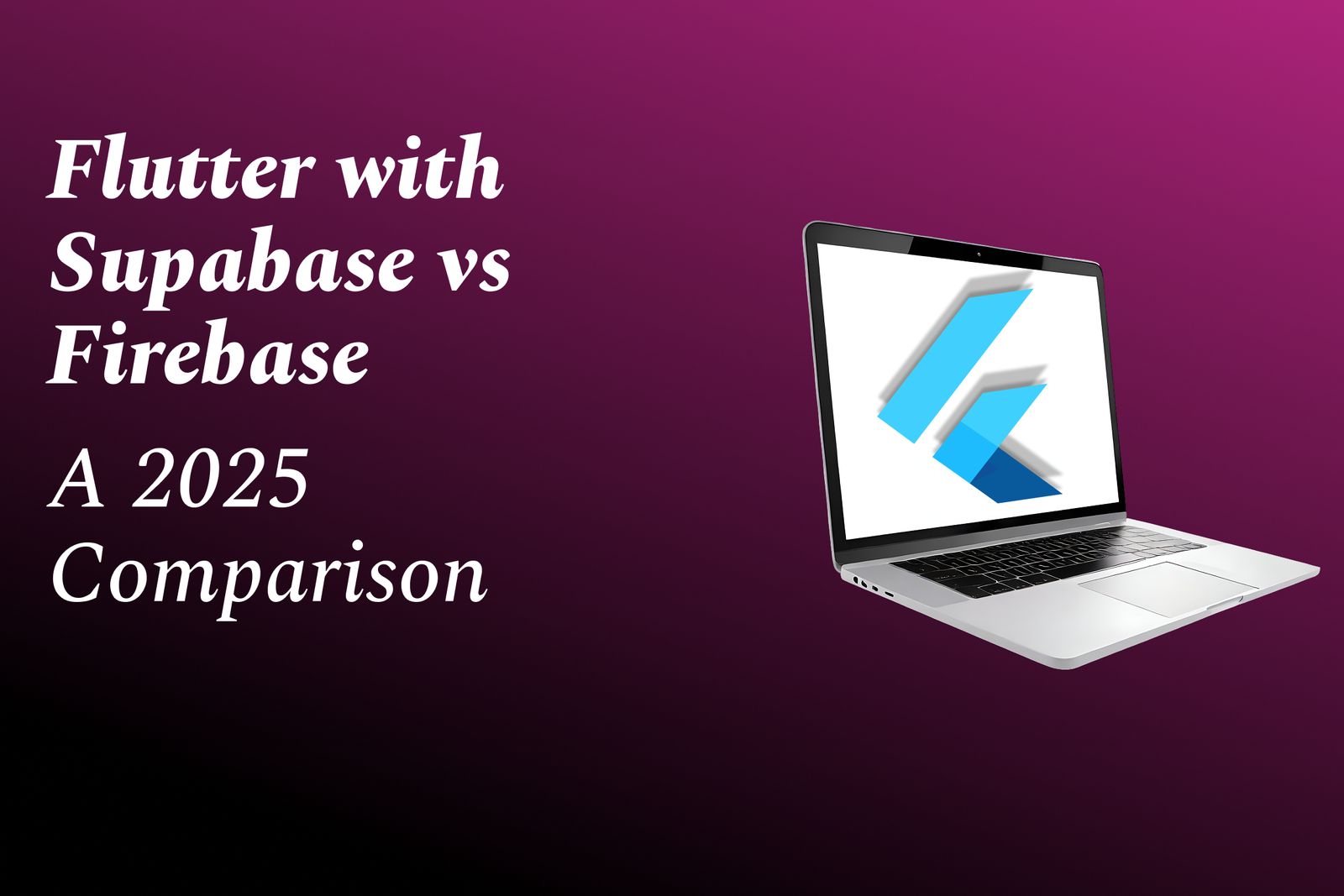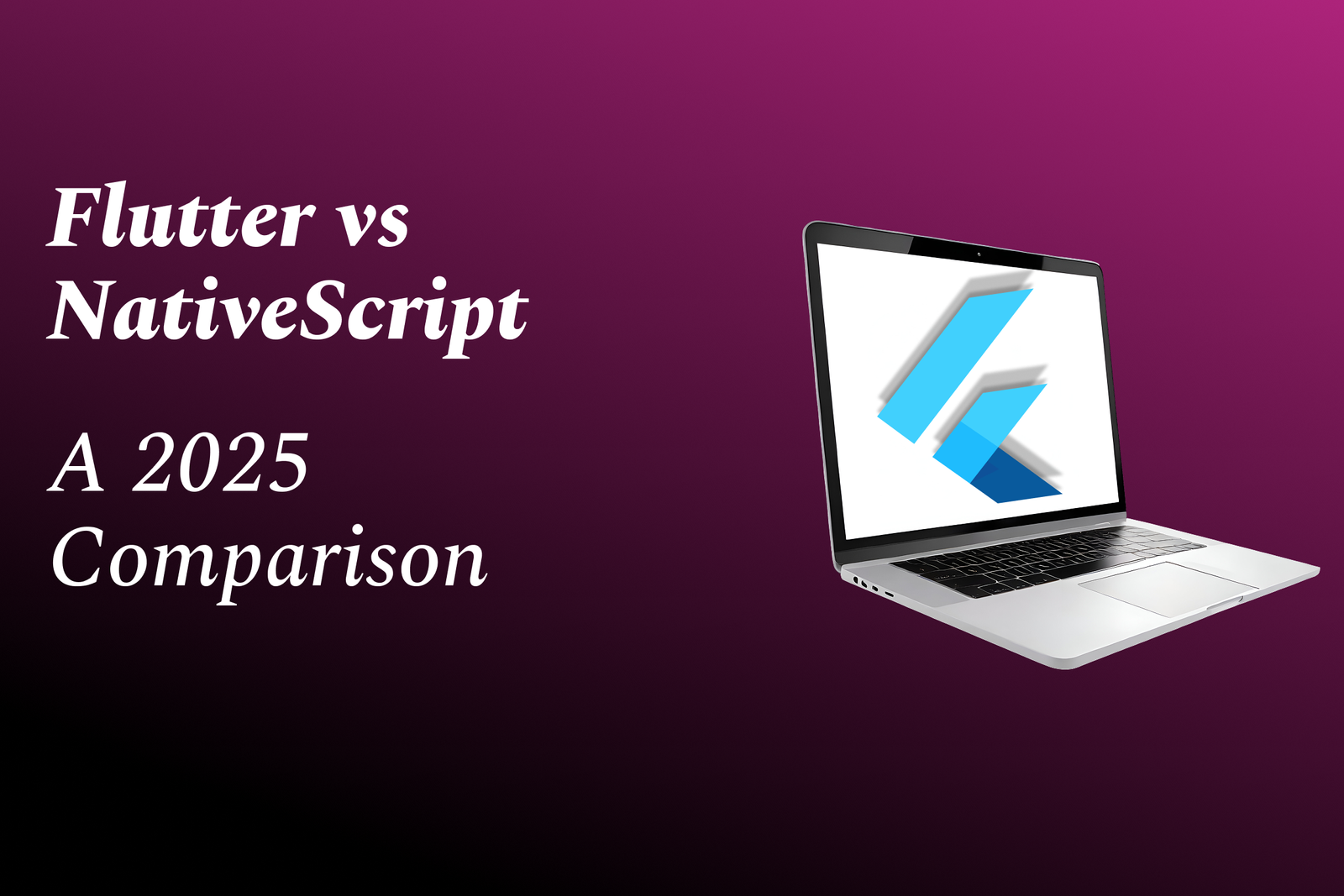Different Levels Of Abstraction In Dbms
Understanding the Levels of Abstraction in DBMS
Different Levels Of Abstraction In Dbms
In a database management system (DBMS), different levels of abstraction are used to separate the complex internal details of the system from the end users and applications interacting with the database. The three main levels of abstraction in a DBMS are the physical level, the logical level, and the view level. The physical level deals with how the data is actually stored on the storage devices, including details such as data structures, access methods, and indexing. The logical level defines the structure of the database, including tables, relationships, and constraints, without getting into the specifics of how data is physically stored. The view level provides a customized view of the data for specific users or applications, allowing them to access and manipulate the data in a way that is meaningful to them without needing to understand the internal complexities of the database. These levels of abstraction help to simplify database management and improve data security, integrity, and efficiency.
To Download Our Brochure: https://www.justacademy.co/download-brochure-for-free
Message us for more information: +91 9987184296
1 - At the highest level of abstraction in a database management system (DBMS), we have the external level or view level. This level allows users to interact with the database by providing a specific view of the data that is tailored to their needs. It hides the complexity of the underlying data structure and schema, making it easier for users to access and utilize the data.
2) The conceptual level is the next level of abstraction in a DBMS. This level defines the overall logical structure of the database. It represents the entire database as a unified entity, independent of any specific user's view. The conceptual level acts as a bridge between the external and internal levels, providing a global view of the database schema.
3) The internal level is the lowest level of abstraction in a DBMS. This level deals with how the data is actually stored and processed within the system. It includes details such as data storage structures, file organization, indexing methods, and access paths. The internal level is concerned with optimizing data storage and retrieval to ensure efficient performance.
4) Each level of abstraction in a DBMS serves a specific purpose and provides a different perspective on the database. The external level is user focused, the conceptual level is database focused, and the internal level is system focused. By separating these levels, a DBMS can provide data independence, allowing changes to be made at one level without affecting the others.
5) Training programs for students on DBMS should cover these different levels of abstraction to help them understand the complexity and functionality of modern database systems. By grasping the concepts of external, conceptual, and internal levels, students can develop a comprehensive understanding of how data is managed, organized, and accessed in a DBMS. This knowledge is essential for anyone pursuing a career in database management or data related fields.
Browse our course links : https://www.justacademy.co/all-courses
To Join our FREE DEMO Session: Click Here
Contact Us for more info:
Aws Interview Questions For 3 Years Experience
Constructor Interview Questions In Java
Php Mysql Interview Questions
Asp Net Core Mvc Interview Questions
Css Interview Questions And Answers For Freshers











